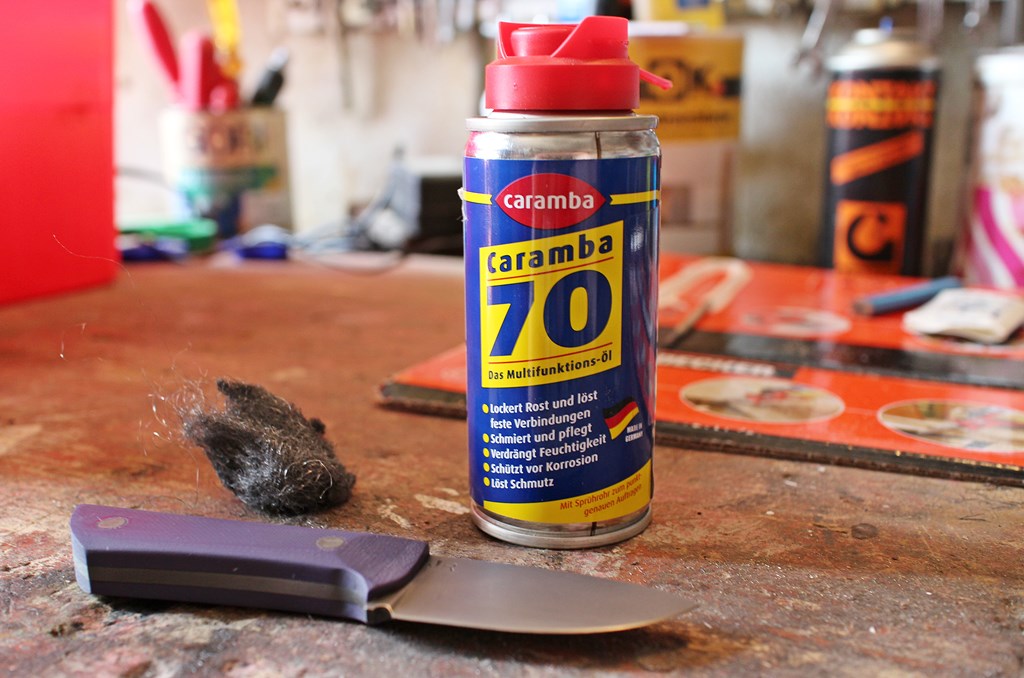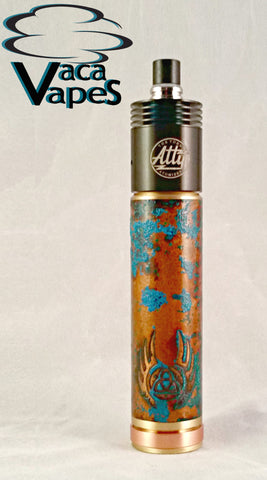

Once the chemical has dried, there should be a dark outer layer over the entirety of the product. Be sure to apply the chemical liberally to the entire product, and then allow it to dry as the chemicals work to blacken the outside of the brass. For hard-to-reach spots on your product, a q-tip is a great solution. The next step is to apply the Brass Black to the product. We also suggest using gloves for this part of the process, not only to prevent the chemicals from contacting your skin, but also to prevent the oils from your hands being leftover on the brass. Oils and dirt leftover on the brass will create a protective layer that prevents the chemical from directly contacting the brass, and will therefore leave your result more spotty and inconsistent. It is essential that you carefully clean every bit of the brass, paying special attention to cracks, crevices, logos, and other hard-to-reach spots. The first step of forcing a brass patina is to clean the outside of the metal. Orange soaps like Fast Orange and Gojo work phenomenally. You can use abrasive cloths or materials, but we find that pumice soap does the job quite well. Abrasive Cleanerįinally, you'll need something to buff back the blackened brass. There are many processes you can use to achieve this chemical reaction, but we have found that Brass Black does the job quickly and efficiently, so we don't feel the need to bother with other, more complex methods. Brass Black is a fast-acting liquid that, when it comes in contact with brass, bronze, or copper, creates a blackish layer on the outside of the metal. Brass Blackįor creating the "aged" look, we use Brass Black by Birchwood Casey.

Acetoneįirst, you'll need a cleaning solution of some sort to remove dust, dirt, and oils from the brass so that the chemical will be able to directly contact the brass. There are three products you'll need for this process. Have a look at some of our brass accessories. Instead of spending months or even years to develop this patina, we use a few products to force a chemical reaction that gives the brass that dark, worn-in look. While we love brass in its natural form, we sometimes like to transform that shiny, golden exterior into a worn and darkened patina.


That’s right, applying a healthy coating of toothpaste to a bronze case, allowing it to sit for a handful of minutes (maybe five to ten), followed by some vigorous scrubbing with a toothbrush, will often bring a bronze watch back to a healthy shine.We offer quite a few different brass accessories at Craft and Lore. The most simple often entails a fair bit of elbow grease, but it is also the one that shouldn’t require any additional shopping: toothpaste. While off-the-shelf products exist to clean brass, bronze and other metals (Bar Keepers Friend, among others), we’ve found success using household concoctions as well. įor those looking to maintain a factory-fresh look on their bronze watches, and also for those who’ve accidentally overshot their target with forced patina (read more here), a good number of household tricks exist for cleaning bronze that are relatively painless.
BRASS FORCED PATINA HOW TO
Today’s topic focuses on how to best clean your bronze timepiece. This column addresses the various aspects of owning and caring for a bronze watch that extend beyond the obvious passion for patina.
BRASS FORCED PATINA SERIES
This is the final article in a three-part series on bronze watches by contributing writer Justin Mastine-Frost.


 0 kommentar(er)
0 kommentar(er)
